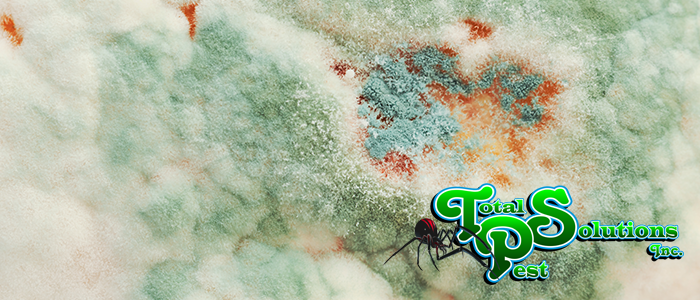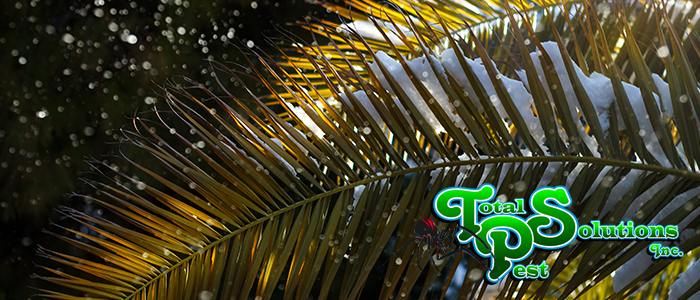
How to Kill Mold on House Plants
Gardens and flower pots both run into problems when there’s excess moisture around. Pests and plant diseases can attack anywhere, but indoor plants suffer one malady more commonly than others: White mold. Knowing how to combat this all too common foe will help your plants stay healthy, protect them from root rot, and keep pests away. In other words, this article will assist you in your quest to kill mold.
What is White Mold?
Also known as powdery mildew, white mold is a contagious fungal disease that can jump from plant to plant. It is a white, fuzzy fungus covering leaves, stems, and even soil. This mold is especially dangerous because it likes to settle into plants’ fruiting and budding bodies. This can destroy new growth. Most of the time, however, it is harmless. However, over time it can lead to rot and impair photosynthesis, making them weaker and more prone to further disease.
Where Does White Mold Come From?
The biggest reason you’ll see mold on your plants is humidity. Mold thrives in damp environments. This means closely spaced plants are prone to mold, as they lack good air circulation. Overwatering is also a big, leading cause of mold. Plants are more vulnerable to mold in the winter when light conditions are lower. It’s easy to understand why when you think about it – Moisture sticks around in the winter, and there’s just less sunlight.
Some plants resist white mold as a matter of species, like cherry tomatoes and New Guinea Impatiens. Luckily, there are multiple ways to get rid of white mold on your plants. We’ll go over a few of the most popular now.
1) Neem Oil
Neem oil is a natural oil that fights pests and mold. Two teaspoons of the oil in half a gallon of water will do the trick. Spray it down on the infected area once a day for a few days until the mold dissipates.
2) Vinegar
Vinegar is a great fighter for mold. That’s why it’s used in so many cleaning solutions. Two tablespoons of apple cider vinegar in a quart of water will create a powerful mold buster. Spray it on once every few days, and you’ll see every trace leave your plants.
3) Mouthwash Can Work
Some mouthwash, the ethanol-based stuff, can work to fight mold. One part mouthwash to three parts water can be applied to areas suffering from white mold. Try not to oversaturate your leaves. Unlike the other two, this shouldn’t be soaked in. The mixture can damage new buds and young growth.
The best way to kill white mold is to prevent it. Organic fungicides are fairly cheap and prevent the growth of mold and root funguses. You could also create a mixture of baking soda and liquid soap at a rate of one tablespoon of baking soda and a half tablespoon of soap in a gallon of water. Shake this all up in a spray bottle and coat the plant thoroughly to give it a nice protective coat that fights off small pests, too.
While white mold may not kill your plant as fast as other plant diseases, it’s still unsightly and unhealthy. So give these mixtures a try, and take back your plant’s health. If you want further tips and tricks on removing mold from your plants, contact us at Total Pest Solutions.
continue reading
Related Posts
Winter Palm Care in Lakeland: Cold Snap Protection Strategies Lakeland,
Holiday Pest-Free Homes in Winter Haven: Avoiding Cargo Pests As
Auburndale’s Mole Cricket Damage: Repairing Turf Before Frost As the






